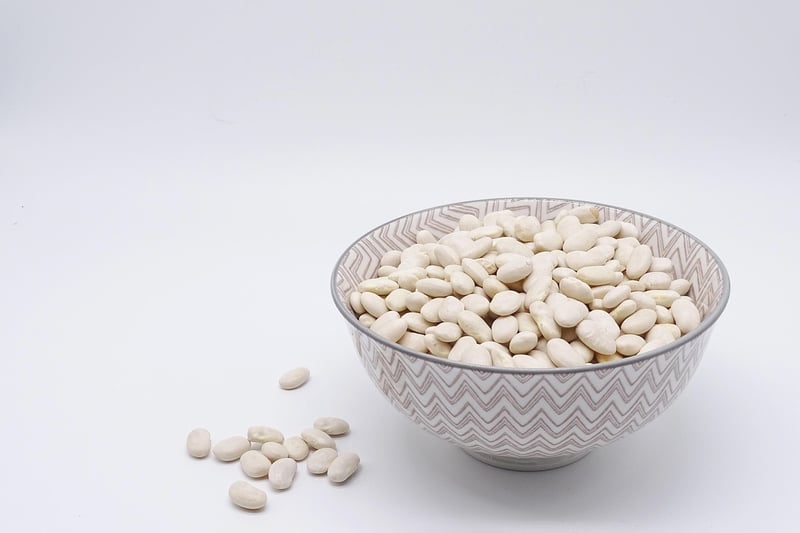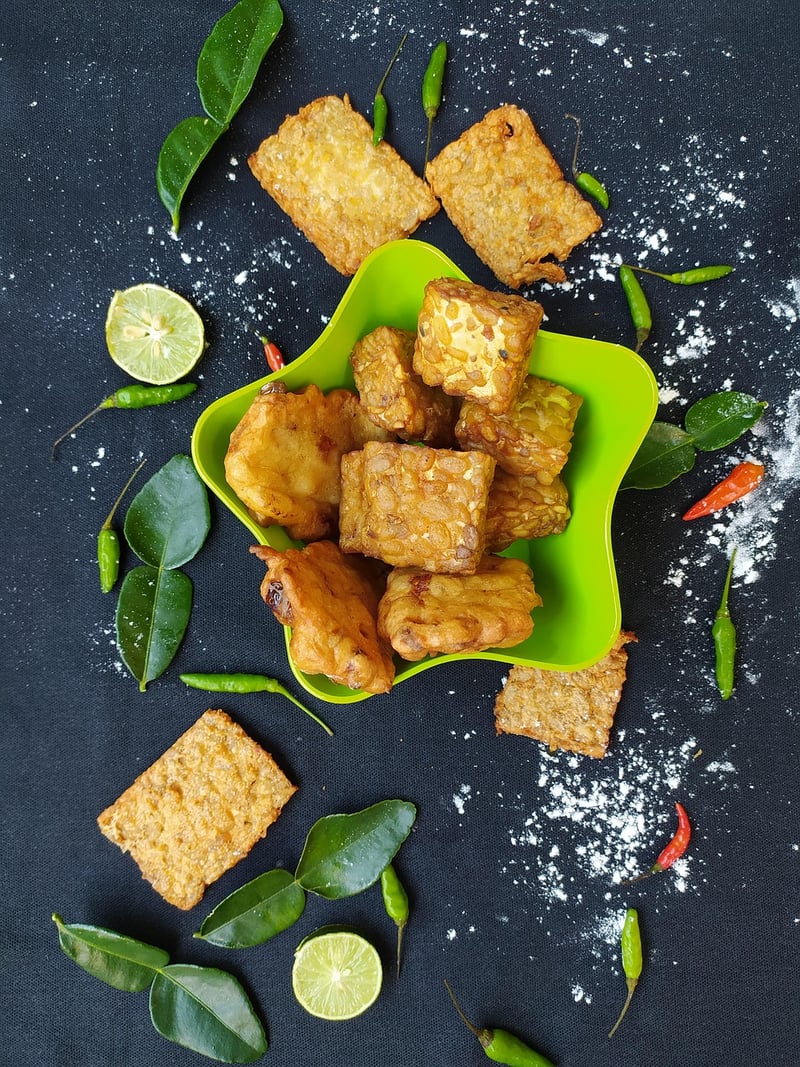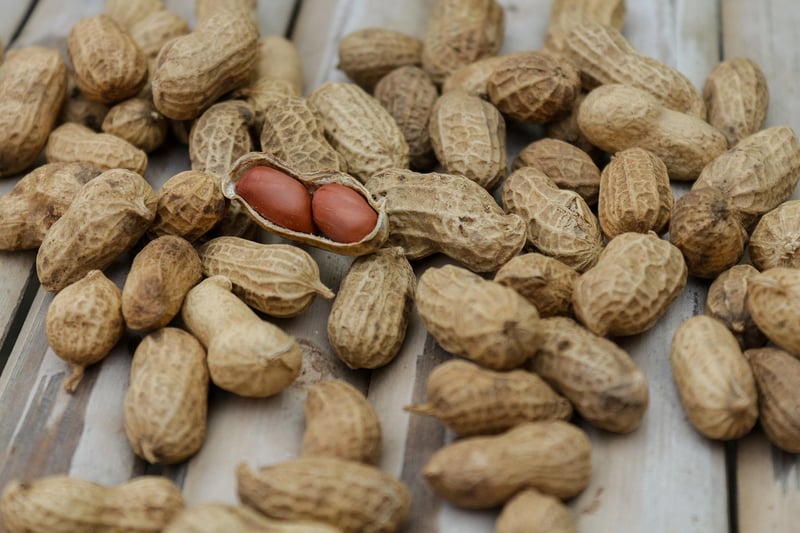Sustainable Protein
Key Elements for Your Dishes + Sustainable Protein
When it comes to creating delicious and nutritious dishes, it's essential to incorporate key elements that not only enhance the flavor but also provide health benefits. Additionally, considering sustainable protein sources in your recipes can have a positive impact on the environment. Let's explore some of these key elements and sustainable protein options to elevate your cooking:
Key Elements for Your Dishes:
1. Fresh Ingredients:
Using fresh, seasonal ingredients can significantly improve the taste and quality of your dishes. Opt for locally sourced produce for maximum flavor and nutritional value.
2. Herbs and Spices:
Herbs and spices add depth and complexity to your cooking. Experiment with different combinations to create unique flavor profiles in your dishes.
3. Healthy Fats:
Incorporating healthy fats like olive oil, avocado, and nuts not only enhances the taste but also provides essential nutrients for your body.
4. Whole Grains:
Replace refined grains with whole grains like quinoa, brown rice, and oats to increase the fiber and nutrient content of your meals.
Sustainable Protein Options:
1. Legumes:
Beans, lentils, and chickpeas are excellent sources of protein and fiber. They are also environmentally friendly as they require fewer resources to produce compared to animal protein.
2. Tofu and Tempeh:
Soy-based products like tofu and tempeh are versatile plant-based protein sources that can be used in a variety of dishes, from stir-fries to salads.
3. Quinoa:
Quinoa is a complete protein source and a great alternative to animal protein. It's also a sustainable crop that requires less water compared to traditional grains.
4. Nuts and Seeds:
Almonds, chia seeds, and pumpkin seeds are rich in protein and healthy fats. Sprinkle them on salads or yogurt for an added nutritional boost.
Conclusion:
By incorporating key elements like fresh ingredients, herbs, and healthy fats into your dishes, and opting for sustainable protein sources such as legumes, tofu, and quinoa, you can create flavorful meals that are both nutritious and environmentally friendly. Experiment with these ingredients to discover new flavors and contribute to a more sustainable food system.



